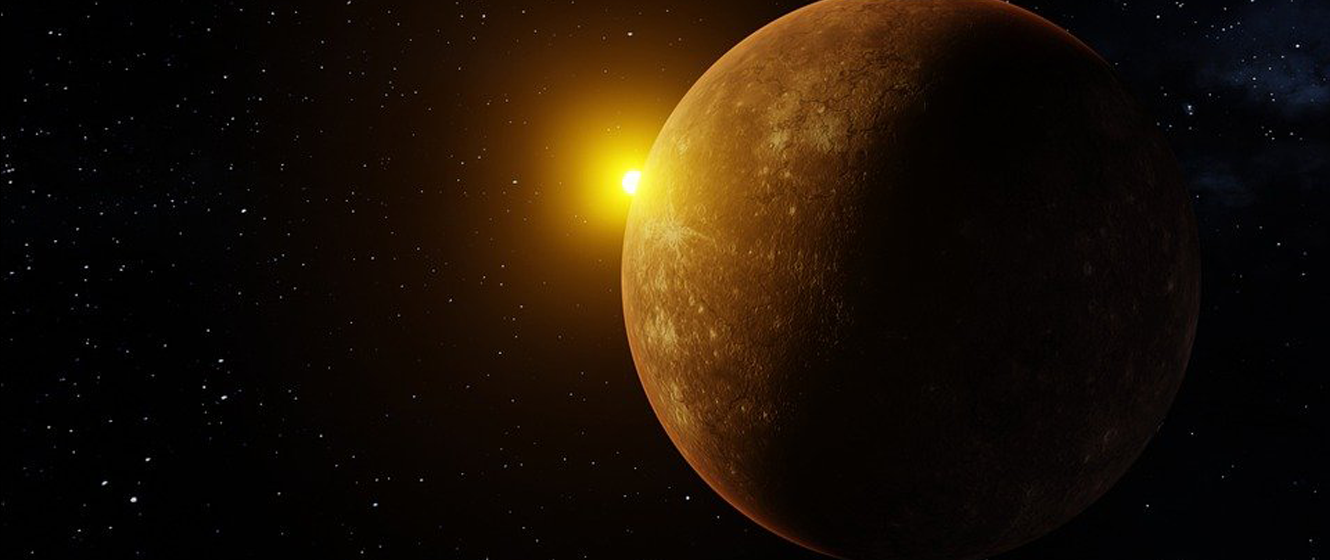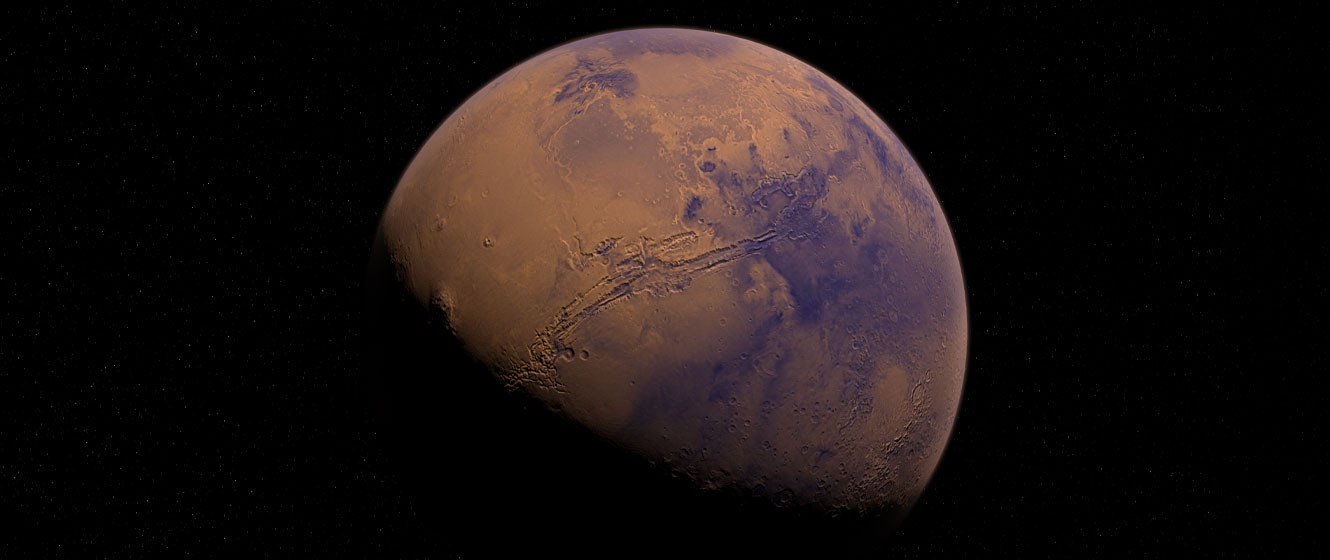planets
Exploring the Wonders of Our Solar System
Planets captivate us. These celestial wanderers have sparked questions and wonder throughout history as integral solar system members. Planets orbit stars, shine by reflected light, and have cleared their orbital neighborhoods of debris. By this definition, our family has eight planets circling our Sun. Each stands as a complex world brimming with unique features awaiting discovery.
The four inner rocky planets have much in common. The internal solar system comprises dense, smallish spheres of rock and metal, Mercury, Venus, Earth, and Mars. Mercury is sun-scorched and airless, while Venus spins backward beneath an asphyxiating atmosphere. Earth, of course, glows blue with oceans and clouds safeguarding life. Tiny crimson-hued Mars retains ice caps and shows ancient riverbeds, proving water once flowed freely across its surface.
Over billions of years, the solar wind has slowly extracted Mars’ early thicker atmosphere, bearing its landscapes to harsh UV radiation and wild extremes between day and nighttime temperatures. Loss of insulation and air pressure led Mars to transition, over eons, from a warm habitat into the current freeze-dried stone and sand wilderness our rovers explore today.
In contrast, four exterior gas giants define the outer solar system with vastly larger sizes and compositions dominated by swirling gases rather than surface terrain. Jupiter acts as our system’s giant gravitational sentinel as it spins the fastest and protects inner planets from Comet bombardment. One could fit all other planets inside this stormy giant orbited by diverse icy moons, which may harbor life beneath their cracked exteriors. Next, ringed Saturn and ice giants Uranus and Neptune showcase unique features from swirling vortices to sideways orbits lying far from the warming rays of our Sun.
Redefining Planetary Classification
Why classify Pluto as having more miniature worlds rather than giving it full planetary status?
In 2006, astronomers decided that the iconic Pluto no longer qualified as an actual planet. This followed discoveries revealing Pluto was simply a giant swarm of objects comprising the Kuiper Belt residing beyond Neptune’s orbit. Like those icy neighbors, Pluto is tiny, orbiting eccentrically while accompanied by fellow more miniature worlds as it circles our Sun every 250 years. Its ratios of rock and ice are typical of Kuiper Belt Objects rather than planets. Thus, Pluto joined a new class called dwarf planets - round-like planets but orbiting amidst similar-sized bodies rather than alone around a star.
Knowing all these facts ignites the central question: Should we classify more solar system objects as official planets?
Possibly yes. Given improved detection technologies, astronomers recently proposed reinstating Pluto as our ninth planet while adding nearby large Kuiper Belt body Eris as our tenth official planet. Both orbit the Sun, are round, and have self-gravities strong enough to force them toward spherical shapes. Better observations of more Trans-Neptunian objects may reveal additional bodies deserving of full planetary status.
The eight familiar worlds orbiting our Sun present humanity’s best examples of officially designated planets. Yet improved technologies continue revealing exciting new details about additional larger bodies residing undiscovered in the further reaches of our solar system. As our detection capabilities expand, the intriguing possibility of categorizing more objects as major planets beckons as an answer to this ongoing astronomical debate.

Contrasting Worlds of the Inner and Outer Planets
The 4 inner rocky planets are relatively small worlds clustered close to the Sun - blazing hot Mercury with dramatic temperature shifts, shrouded Venus sweltering under extreme greenhouse gases, life-bearing temperate Earth with flowing water oceans, and freezing yet subtly active Mars framed by dust storms each year.
In contrast, 4 massive outer planets occupy expansive, distant orbits where gases and ices prevail - turbulent Jupiter exhibits giant raging storms in its ammonia clouds, ringed Saturn beautifully displays its icy debris slicing around the giant foggy globe, hazy blue Uranus lies nearly sideways while frigid Neptune darkly storms with surprisingly fast winds.
These 8 worlds showcase extremes unattainable on Earth, from hellish environments to magnificent visual canvases. From airless cratered spheres to vast gaseous jewels richly banded and actively churning, each planet spins by different rules - fellow travelers following the timeless laws of orbital mechanics on an eons-long journey around our Sun. Their incredible diversity illustrates nature's breadth sculpted by fundamental forces into strange new worlds.

Exploring the Vastness of the Solar System with Telescopes
Our solar system's scale challenges comprehension. While classroom models provide scale perspective, grasping spans of miles, light years, and beyond proves difficult. Understanding key facts and tactics helps.
Light's speed deserves the first mention, given distant stars and planets are visible through telescopes. Thus, sunlight requires only 8 minutes to reach Earth but 5 hours to reach Pluto. Such extreme distances boggle the mind.
This leads to a natural question - how far can sunlight travel within our solar system?
From the Sun to Pluto, light takes 5 hours to arrive. But the solar wind extends farther, finally stopping at the Oort cloud and the solar system's edge - about 1 to 2 light-years out, remarkably. Thus, sunlight requires over 9 hours to fully cross the span of our solar system and reach those outermost cloud objects.
In terms of observation, magnification must increase given an object's distance for comparable visibility. Saturn's rings from Earth need at least 20x magnification when Saturn is at opposition, its closest approach. Uranus and Neptune require 150x or higher magnification. Pluto lies too distant for most amateur telescopes to discern significant visual detail, given its tiny apparent size.
Mobile apps can interactively simulate solar system scale and specifics with accurate visual models of relative planet measurements, tilts, spatial proportions, and speeds. Seeing appropriately scaled orbital paths conveyed helps overcome limited human spatial-temporal reasoning capacity. Constantly updated data feeds ensure precise positional accuracy, too. Augmented reality modes synced to phone cameras can automatically superimpose correct solar system objects against real night skies. Such tools make the heavens more graspable.
While weighing and internalizing the true enormity of our solar system proves difficult, tactics like models, scale comparisons, measurement context, and interactive simulations all help comprehend the incredibly vast scale within which Earth and neighbors traverse endless light-year widths as they safely orbit our steady Sun.

Uncovering Mars' Mysteries
Mars captivates us as the fourth planet from the Sun and our outermost terrestrial neighbor world. From its place in the reddish-orange sky, this frigid, barren world gazes upon us, its unique hue from the iron oxide blanketing its surface. Beneath the iconic red surface, Mars harbors a world of untapped potential and enigmatic wonders, constantly evolving and waiting to be unveiled.
Why is the drastic climate evolution ending its workspace to support and sustain liquid water? The culprit seems to have been Mars’ weak gravity and lack of a protective global magnetic field.
Widespread evidence confirms Mars once held significantly more water, actively flowing across its surface. Satellite imagery reveals enormous dry river beds, massive drained lake basins, and dried deltas from long-gone seas. Currently, most water on Mars exists as ice, tucked away under dusty terrain or locked in polar ice caps. Some seasonal melt still sculpts valleys during warmer months each year. But today’s sparse water amounts are a faint echo compared to early Mars.
This leads to the central question - could microbial forms have emerged on early Mars as life did on early Earth but now be deeply buried or extinct? Possibly. Given the evidence proving liquid water, organics, and energy coincided with Mars’ surface for hundreds of millions of years, simple organisms may have developed to go extinct as conditions changed towards the inhospitable modern environment.
While today's bone-dry globe offers little chance for water-dependent biology actively functioning across rusty plains and valleys enduring wild temperature swings, fast winds, and relentless UV radiation bombardment from above, fast evidence confirms very different prior circumstances much more conducive to origins of life back during the red planet’s more watery youth.






